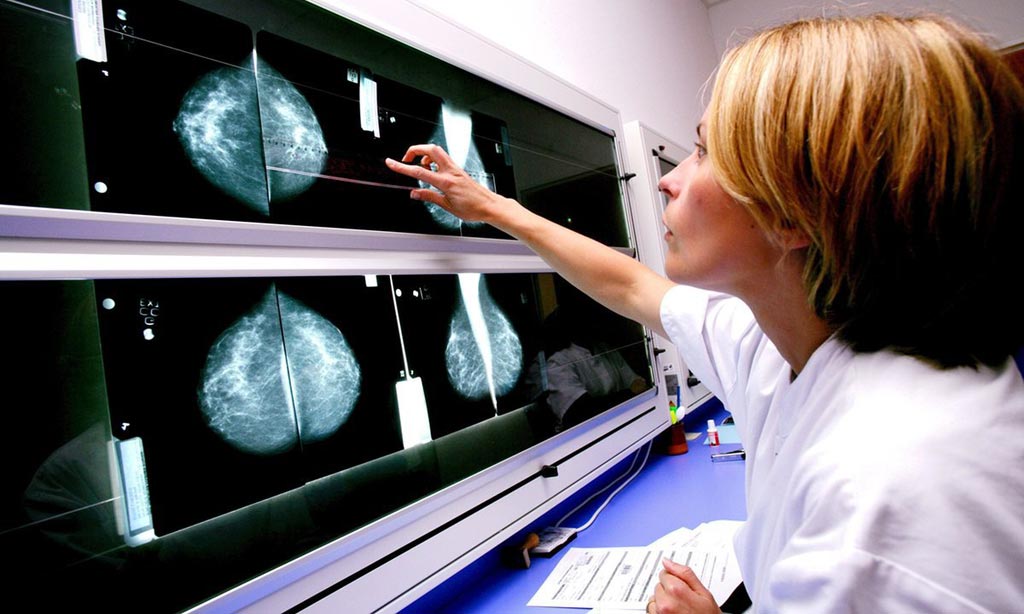Nowadays the advanced treatment in the breast cancer has gone very far. The advancements of the healthcare organisations towards breast cancer treatment are beneficial and famous for the suffering people. Advancements which are made by the healthcare organisations in order to offer better treatments of breast cancer patients have been found very fruitful and object-oriented.
There improved the survival rates in the last five years, from 91% to 96% who suffered from breast cancer in taking advanced treatments all over the world. In past times, breast cancer does not have any specific treatments; thereby, the survival rate of breast cancer was meagre, only 75%. The particular medicines, as well as the advanced technologies to treat breast cancer, were not invented yet. Therefore, the healthcare organisations of the whole world have stepped ahead in an effort to provide advanced treatment to breast cancer patients.

It is clarified by the graph that the survival rate of breast cancer patients is being increased years by years.
The overview of the advanced treatments which are invented to treat the breast cancer patients
The healthcare organisations have involved some technologies such as “Mammographic screening” and “Computer-aided detection” in order to provide advanced treatments towards breast cancer patients. The “Mammographic screening” does the X-Ray of the breast tissues, so that the denser tissue which is associated with cancer engrosses the X-Rays.

Thus, the cancerous tissues of the breast can easily be detected so that the survival rates of the breast cancer patient are being induced. It becomes possible due to the proper diagnosis at the appropriate place which is happened just because of the “Mammographic screening”. By absorbing the X-Rays, the tissue is being spotted as a white region on the film.
The “Computer-aided detection” involves the computer algorithm to enlighten the suspected areas on mammograms which make it easier to make the review of radiologists.

“Digital Mammography” is the same as the “mammographic screening” but this is projected into the digital format instead of X-Ray. The “Tomosynthesis” helps to provide the three-dimensional images and the cross-sections in high resolutions of the cancer tissues by taking information from mammograms in different angles. “Diffraction Enhanced Imaging” provides the integration of one or two images on the basis of X-Ray absorption and refraction. These technologies make the treatments more comfortable and help the world to increase their rates of survival from breast cancer.

Along with these technologies the healthcare organisations also include some unique surgical methods such as removal of “Axillary Lymph nodes” and mapping of “Sentinel nodes” to induce the survival rate of breast cancer. By the removal of “Axillary Lymph nodes” the lymph nodes from the anywhere underarm are being removed, and it helps to ensure the ranges of which cancer spreads.
Therefore, the survival rate of breast cancer patients is being increased due to these innovative surgery methods. It also is being preserved to inject in the body in order to treat breast cancer patients in a better way. Mapping the sentinel nodes is used to check the “potential nodal involvement” as well as used to help in the biopsy. The “Genomic testing ” is used to prevent the chemotherapy process, which has immense death-causing side effects. In “Genomic testing,” the cancer cells are being removed with the help of genetic expression.
The replacement of new cells is being done only when the genetic mutation of a person is similar to the patient. In an effort to prevent the cells from behaving cancerous in nature, the healthcare organisations have discovered a unique surgical method named “hereditary cancer syndromes”. In “hereditary cancer syndromes”, genetic mutations such as “BRCA1” and “BRCA2” is known as a risk increase of breast cancer. But nowadays these help the healthcare organisations to detect the percentages of risks of having breast cancer of future generation.
Oral therapy is also used in recent times to treat breast cancer patients, where the PARP inhibitors are used to treat the cancer cells. As DNA can repair itself, the cancer cells of the breast can be damaged by specific genetic mutations while taking the advantages of their self-repairing process. Some medicines such as “Trastuzumab” and “T-DM1 (Kadcyla)” have also been discovered with the purpose of preventing the death of breast cancer patients. These medicines are generally used to treat the “HR2+” by targeting the HR2 receptor to provide better treatments among breast cancer patients.
It has clearly determined that these advancements of the treatments have aided very much for the sake of surviving the breast cancer patients. But the newly invented technologies need to improve to provide advanced treatments to breast cancer patients. The surgery methods have limited its range and also can be the cause of expanding the death rate. The medicines also need to be specific as they can show side effects many times. Therefore, the advanced treatments which are made by healthcare organisations are reasonable attempts, but these need to be increased to its limits and eradicated its challenges.














































